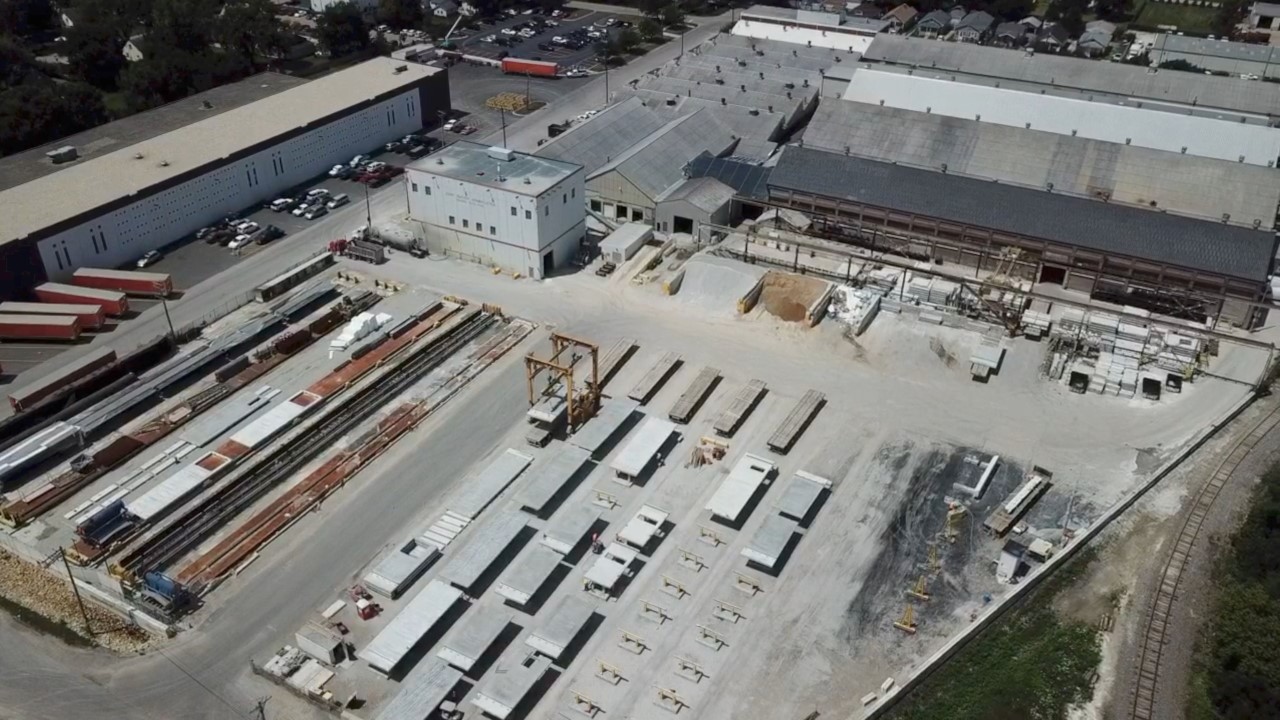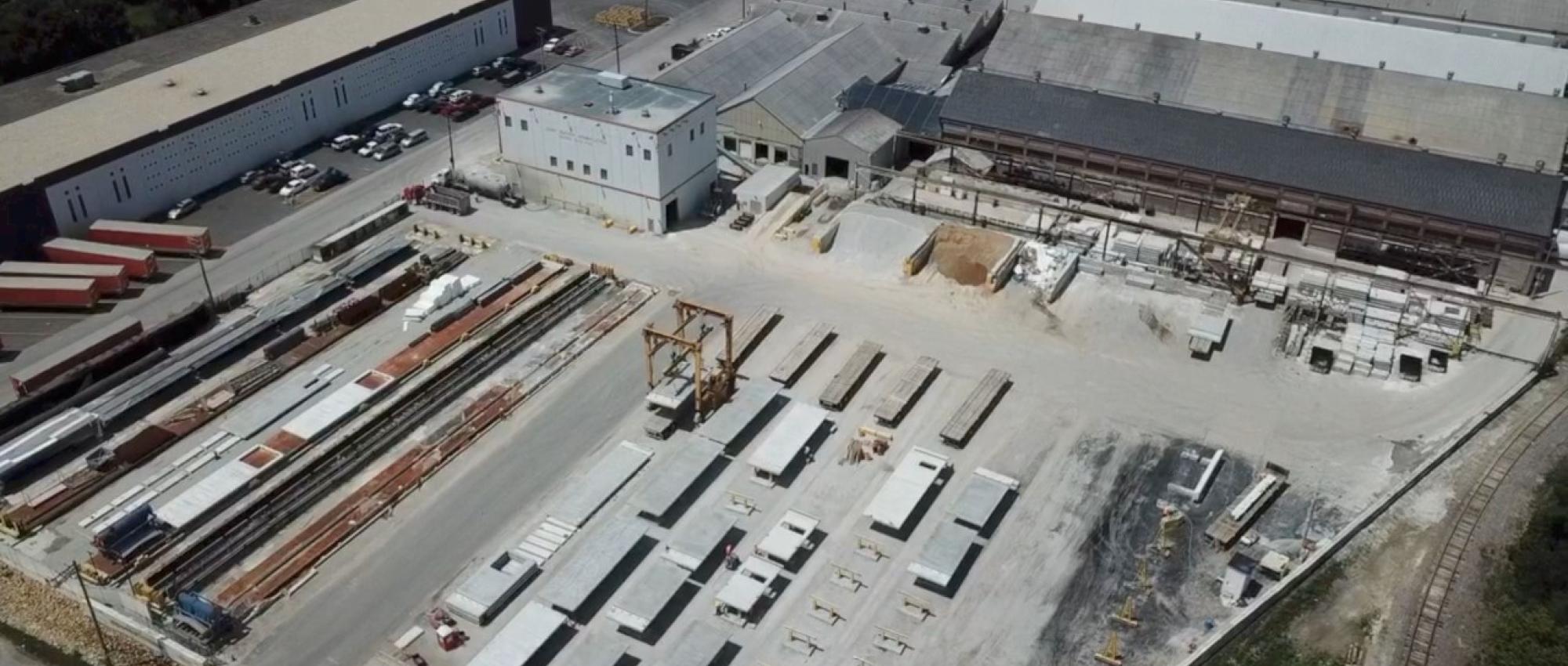Building With Precast Concrete in the Summer
Here in the Midwest, summer is queen. Average highs around 80 degrees in the months of June, July and August are common. Of course, in the construction industry, summer is prime time. While we have a busy schedule year-round (thanks to our indoor, temperature-controlled precast concrete facility) many of our partners rely on ATMI Precast to meet their summer benchmarks. But it’s not all blue skies and sunshine. Sometimes Mother Nature throws us a curve ball – and we have to be prepared for it.
Precast Concrete Construction in the Heat
While temperatures in the Midwest average in the 80s during any given summer, this area is known for its mood swings – not to mention the humidity. When temperatures climb upwards toward 100° and the humidity level rises with it, safety measures become extremely important.
According to the Occupational Safety and Health Administration (OSHA), most heat-related job site deaths occur in the first three days of work, and half happen on the first day of extreme heat. Whether employees are working inside or outside, safety protocols like taking short, frequent breaks, staying hydrated, and wearing lightweight and loose-fitting clothing are key. While the safety of our ATMI Precast team is our number one priority – there’s a few other things to consider when working in extreme heat, like equipment.
Equipment can overheat in the summer just as easily as a person can. Regular checks to ensure proper coolant and oil levels are important. It’s also good practice to train operators to recognize extreme heat conditions and understand when to pull back, in order to prevent stressing your equipment.
Precast Concrete Construction in the Rain
A rain shower isn’t a deal breaker when it comes to summer construction. Like anything else, if you’re prepared for rain, operations can continue with a few modifications. Notably, the most important areas to consider are slip and fall prevention and proper use of equipment that requires electricity.
OSHA doesn’t set specific standards for working in the rain, but it does provide guidance for outdoor industries like construction. For instance, rain increases the dangers associated with using cranes, derricks, and hoists to move large objects on-site. If a construction site experiences heavy rain and wind, it could make those loads difficult to control.
When working in the rain, workers should don protective gear and visibility clothing that have a slip-proof grip. Electrical equipment should be halted and stored safely away from wet conditions – indoors if possible. When a crane is on-site, check the wire rope, chains and hook for any signs of damage. And never move or load over workers – a safety standard that should be practiced at all times, but is especially important in wet conditions.
Precast Concrete Construction in Inclement Weather
Sometimes that rain shower escalates into something bigger – a thunderstorm. It goes without saying that when severe weather rears its ugly head, all outdoor construction comes to a halt. Lightning is a serious occupational hazard for construction workers.
Supervisors and workers should keep themselves aware of the potential for severe weather – including lightning – via weather forecasts and tools. When lightning is detected, workers should immediately take cover and remain there until the threat no longer exists. That means that every worker on-site should know where shelter exists in case of emergency. If an enclosed building is not an option – taking shelter in a vehicle is next-best. It’s important to note that lightning can strike as far as 10 miles from rainfall. Once workers take shelter, they should remain there for at least 30 minutes after hearing the last thunder.
But thunder and lightning aren’t the only dangers Mother Nature can dish out. High winds rank right up there and should be treated with the same respect. The most common injuries associated with windy conditions include being hit by flying debris, eye injuries due to small particles or dust, and objects falling from high surfaces. Prevention is easy here – protect yourself with personal protective equipment and eliminate work all together if the conditions persist or become too difficult to manage.
Weather is a big factor when it comes to safely and effectively getting the job done. Preplanning, keeping an eye on conditions and using common sense when it comes to knowing when to take shelter are important pieces of any construction plan.
Planning your next project? Contact us today. We’d love to work with you.

